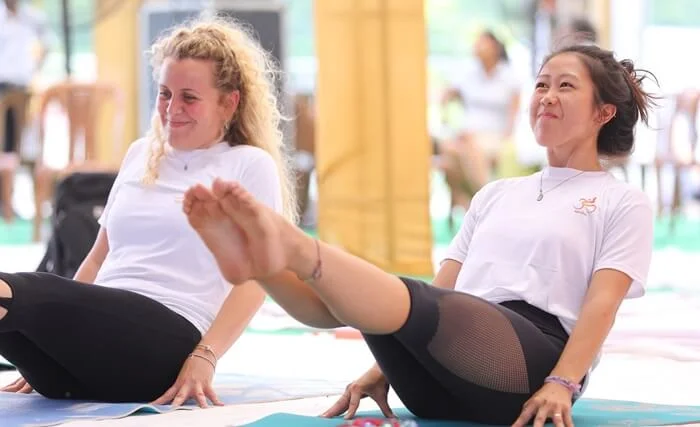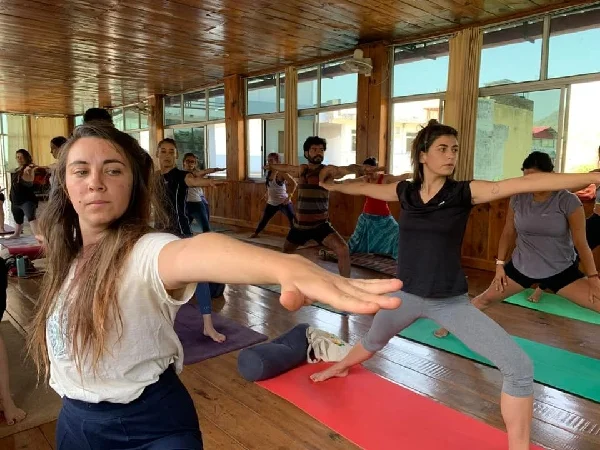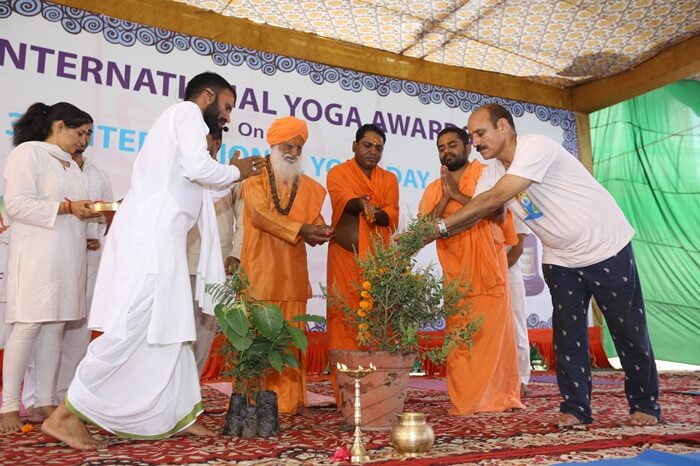Why India is the Ideal Destination for Yoga Teacher Training
India, the birthplace of yoga, offers an unparalleled environment for Yoga Teacher Training India. With its deep-rooted heritage and spiritual essence, India provides a unique opportunity to immerse yourself in the practice of yoga beyond what typical studios offer.
The Spiritual Essence of Yoga in India
India’s cultural landscape naturally integrates spirituality into daily life. Yoga certifications here offer more than just physical training; they encompass a holistic approach that includes daily rituals, ethical dietary practices, and teachings from experienced yogis. These yogis not only excel in asanas but also embody a lifestyle that prioritizes spiritual growth over material pursuits. At the top yoga teacher training schools in India, you’ll experience authentic teachings and gain insights from true renunciates.

Affordable and Immersive Experience
One of the significant advantages of studying yoga in India is the affordability. This allows you to explore yoga and its cultural context extensively without breaking the bank. Whether you choose a 200 Hour Yoga Teacher Training in India, a 300 Hour Yoga Teacher Training in India, or a 500 Hour Yoga Teacher Training in India, you will find that the cost is significantly lower compared to other countries, making it an excellent value for an enriching experience.
Choosing the Right Yoga School
When selecting a yoga teacher training course, consider the following benchmarks:
1. Course Duration and Curriculum
Life is busy, and finding time for a yoga course can be challenging. Look for programs that offer flexible durations—whether it’s a week, a month, or longer. Opt for a comprehensive curriculum that includes various styles like Hatha and Ashtanga to gain a well-rounded education. For example, a detailed month-long course is preferable over a short, style-specific training.
2. Established and Reputable Schools
Research the history and heritage of potential schools. An institute with a proven track record of 4-5 years indicates systematic teaching and experienced faculty. A mix of experienced and younger teachers ensures a dynamic learning environment, especially for subjects like yoga philosophy and history.
3. Optimal Class Size
Choose a school with a class size of 30 to 40 students. This balance minimizes distractions while fostering community learning and interaction. The ideal school provides a supportive environment where you can connect with fellow students while receiving personalized attention.
4. Accreditation from Yoga Alliance
If you plan to pursue a career in teaching yoga, select a school accredited by Yoga Alliance. Completing your training at an accredited institute allows you to register as a Yoga Alliance certified teacher, opening doors for professional opportunities.

Conclusion
Studying yoga in India is a transformative journey that combines ancient wisdom with modern training. By choosing the right yoga teacher training course in India, you can delve into the depths of yoga in its birthplace while enjoying affordability and rich cultural experiences. Consider exploring options such as Ayurveda Retreats in India or Yoga Retreats in India to further enhance your practice and understanding. For a comprehensive and immersive experience, the journey to becoming a certified yoga teacher in India is one you will cherish and benefit from for years to come.
















